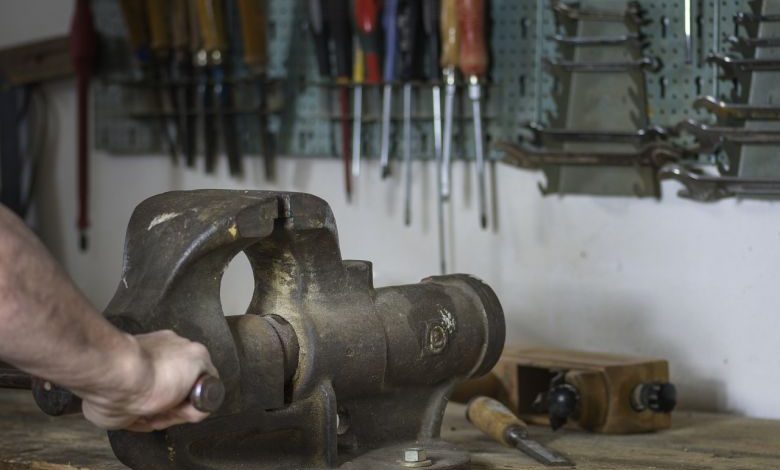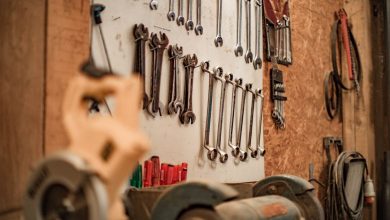Choosing the Right Power Planer

A power planer is a versatile tool that can make your woodworking projects easier and more efficient. Whether you are a professional woodworker or a DIY enthusiast, having the right power planer is essential. With so many options available in the market, it can be overwhelming to choose the right one for your needs. In this article, we will discuss the key factors to consider when selecting a power planer.
1. Power and Performance
The power and performance of a power planer are crucial factors to consider. A more powerful motor will be able to handle tougher materials and produce smoother results. Look for a planer with a high amperage rating, as this indicates a more powerful motor. Additionally, check the planer’s RPM (revolutions per minute) rating. A higher RPM will result in a smoother finish.
2. Cutting Depth and Width
The cutting depth and width are important considerations when choosing a power planer. The cutting depth determines how much material the planer can remove in a single pass. A planer with a greater cutting depth will be more efficient for removing larger amounts of material. The cutting width, on the other hand, determines the width of the board that can be planed at once. Consider the size of your typical woodworking projects and choose a planer that can accommodate them.
3. Blade Quality
The quality of the blades is crucial for achieving a smooth finish. Look for planers with high-quality, reversible blades that can be easily replaced when worn out. Some planers also feature self-aligning blades, which ensure consistent performance. It’s worth investing in a planer with good blades, as they will save you time and effort in the long run.
4. Dust Collection
Woodworking can be a messy job, and dust collection is an important consideration for both your health and the cleanliness of your workspace. Look for a power planer with an efficient dust collection system. Some planers come with a dust bag that collects the shavings, while others have a port that allows you to connect a vacuum for better dust control. A good dust collection system will make your work environment safer and more comfortable.
5. Ease of Use
Consider the ergonomics and ease of use when choosing a power planer. Look for a planer that feels comfortable in your hands and has an easy-to-use depth adjustment mechanism. Some planers also feature a front handle that provides better control during operation. Additionally, consider the weight and size of the planer, as a lighter and more compact tool will be easier to maneuver.
6. Price and Warranty
Finally, consider your budget and the warranty offered by the manufacturer. Power planers come in a range of prices, so it’s important to find one that fits your budget without compromising on quality. Look for a planer that offers a warranty, as this indicates the manufacturer’s confidence in their product. A good warranty will give you peace of mind knowing that you are protected against any defects or malfunctions.
In conclusion, choosing the right power planer involves considering factors such as power and performance, cutting depth and width, blade quality, dust collection, ease of use, price, and warranty. By carefully evaluating these factors, you can find a power planer that meets your woodworking needs and provides efficient and precise results. Remember to compare different models and read reviews from other users to make an informed decision. Happy woodworking!




